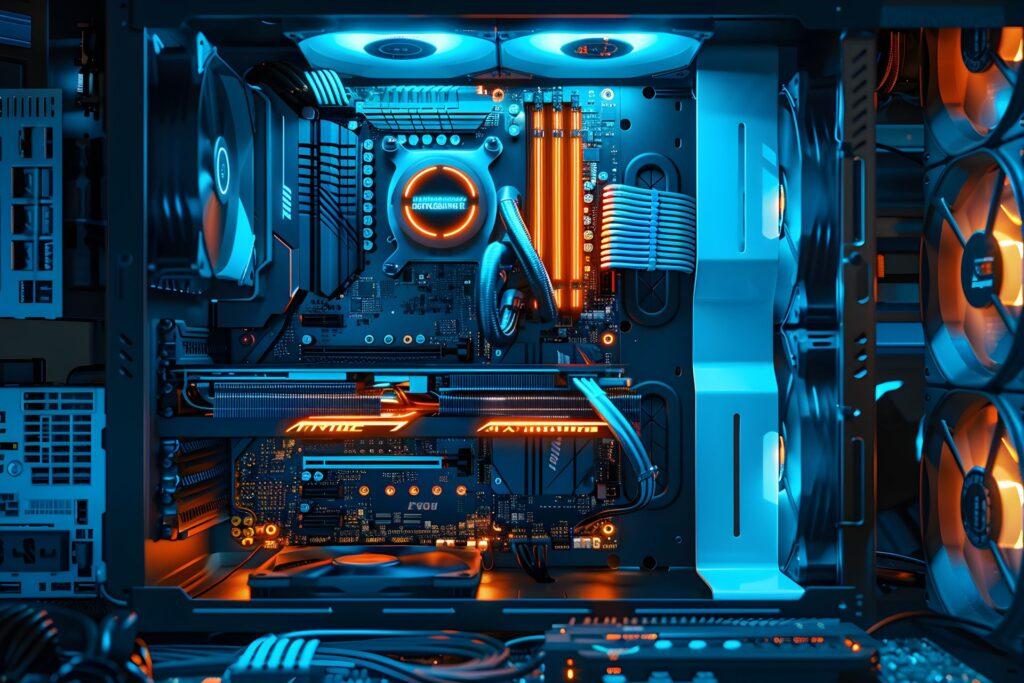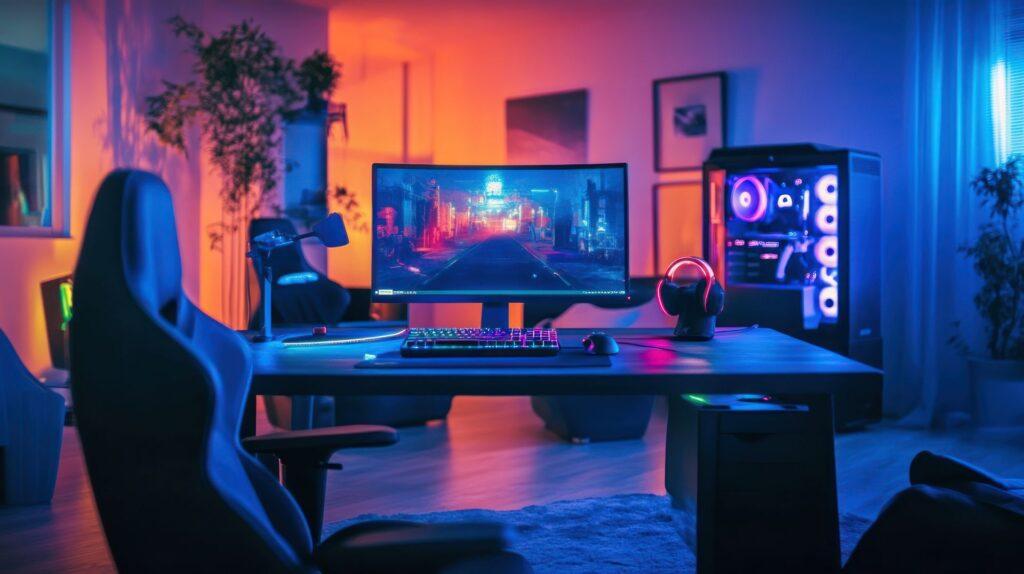Running a Minecraft Server used to be something only tech enthusiasts or professional gamers attempted. Today, it’s a logical next step for anyone frustrated by the limitations of public servers, overcrowding, lack of customization, unstable performance. The shift toward self-hosting isn’t just about better gameplay; it reflects a larger trend in digital autonomy. This article explores why hosting your own game environment makes sense, what it requires, and how to tell if you’re ready.
Why More Gamers Are Moving to Self-Hosted Servers
Public servers offer convenience, but they also come with compromises. You’re often bound by strict rules, limited plugin support, unpredictable lag, and a revolving door of strangers. For players who value consistency, customization, and control, public servers eventually become more frustrating than fun.
A self-hosted server, on the other hand, puts you in the driver’s seat. You decide who joins, which mods run, how performance is allocated, and whether your world evolves slowly or changes daily. Beyond freedom, there’s also an element of reliability: you’re no longer at the mercy of an overworked admin or a crash-prone hosting company.
Self-hosting also encourages a deeper understanding of the technology behind gaming infrastructure — from memory usage and port management to backups and performance tuning. And for many, that’s part of the appeal.
Interview: Why One Player Finally Switched to Self-Hosting
To understand the shift from public to private gaming environments, we spoke with Jonas, a long-time player who recently transitioned from crowded servers to running his own.
This firsthand perspective offers more than opinion — it gives insight into what the experience actually feels like. Whether you’re curious, hesitant, or about to make the leap yourself, this short conversation will bring clarity.
Q: What made you start thinking about hosting your own server?
Honestly, it was burnout. Public servers were full of random rule changes, server resets, and people who disappeared after two days. I wanted something stable, something that felt like mine.”
Q: Was it hard to make the switch?
Not really. I thought I’d have to learn command-line stuff or buy expensive hardware, but I found a vendor that made setup simple. It took me maybe 15 minutes to get things running.”
Q: What’s the biggest benefit you’ve noticed since switching?
Control. I decide when we update, I choose the mods, I ban griefers instantly. Also, no lag during peak times – that was a game-changer.”
Q: Any advice for someone considering it?
Just try it. Most platforms offer flexible monthly plans, so you’re not locked in. And don’t overthink the tech side it’s easier than you think.”
Is Your Hardware Ready? Run This Quick Check
Thinking about hosting a server on your own hardware instead of renting one? Great but don’t skip the essentials. Hosting even a lightweight world requires a stable foundation. Before committing, make sure your system can handle the job.
Below is a practical hardware checklist. It’s not about brand names or expensive upgrades – just the core components that affect stability, performance, and uptime. Tick each box honestly to avoid bottlenecks later.
| ✅ | Item to Check |
|---|---|
| ☐ | Is your internet connection stable with at least 10 Mbps upload? |
| ☐ | Do you have a machine that can stay on for long periods (not a laptop)? |
| ☐ | Is your processor at least quad-core with a modern architecture? |
| ☐ | Do you have 8 GB of RAM minimum, with 4 GB free for server use? |
| ☐ | Is your storage SSD-based (for faster world loading)? |
| ☐ | Have you set up automatic backups or snapshots? |
| ☐ | Can you forward ports on your router if necessary? |
| ☐ | Is your system protected against overheating or crashes? |
💡 If you’re missing more than two checks, consider a hosted solution first. You can always migrate later.
What Does It Cost to Rent a Server?
If your hardware isn’t ready or you just want something simpler renting a Minecraft Server from a vendor can be surprisingly cost-effective. Most providers offer flexible plans based on RAM, player slots, and mod support.
- Entry-level plans start around $5–10 per month for 4–6 players with basic performance.
- Mid-tier setups with mod support and backups usually cost around $15–25 per month.
- High-performance plans (20+ players, modpacks, CPU priority) may go up to $40 per month or more.
What You Get in Return
Maintenance is minimal. Most platforms offer one-click installers, modpack libraries, automatic backups, and control panels. If something breaks, support is available. The tradeoff is that you don’t own the machine but in exchange, you get time saved, reduced risk, and predictable performance.
Making the Jump: Are You Ready?
Self-hosting isn’t just about technical power it’s about ownership. You set the pace. You define the experience. Whether you run a creative-only world for three friends or a survival arena for twenty, the ability to control, customize, and connect on your terms makes all the difference.
And the best part? You don’t have to dive in all at once. Many vendors – for example 4netplayers.com – offer short-term trials or flexible billing. Go to https://www.4netplayers.com/en-us/gameserver-hosting/minecraft/ – Log In – and start. Invite a few friends. See what it feels like to shape your own universe.
The only thing better than joining a world you love is building one yourself.
picture credits: B 7 YOU/standret/Bombede/stock.adobe.com

